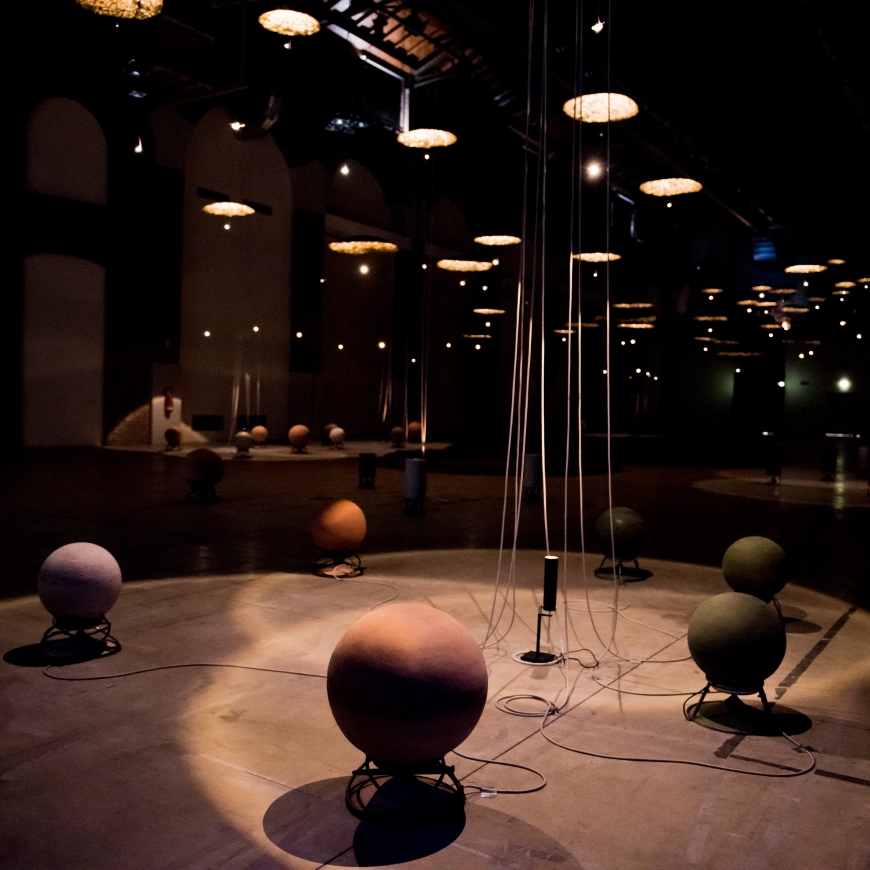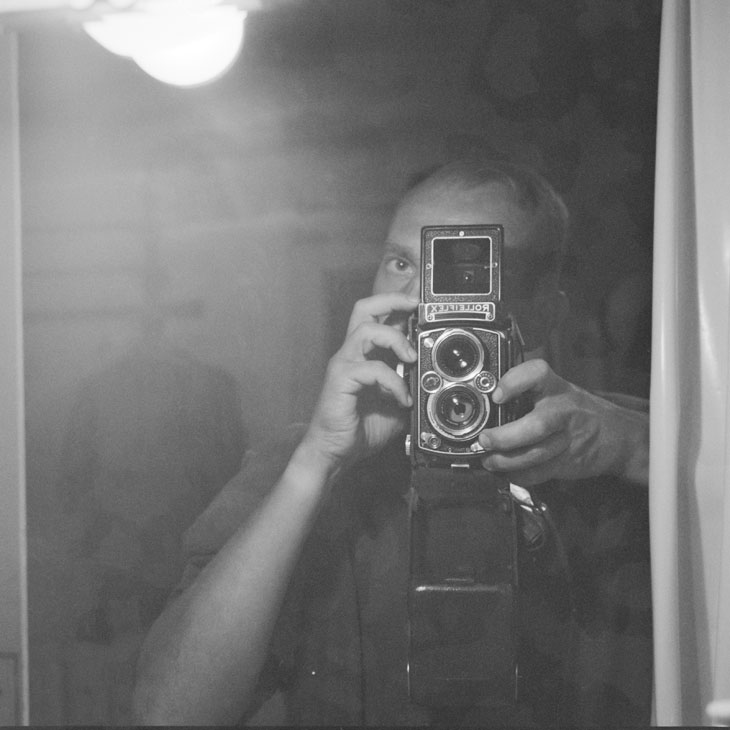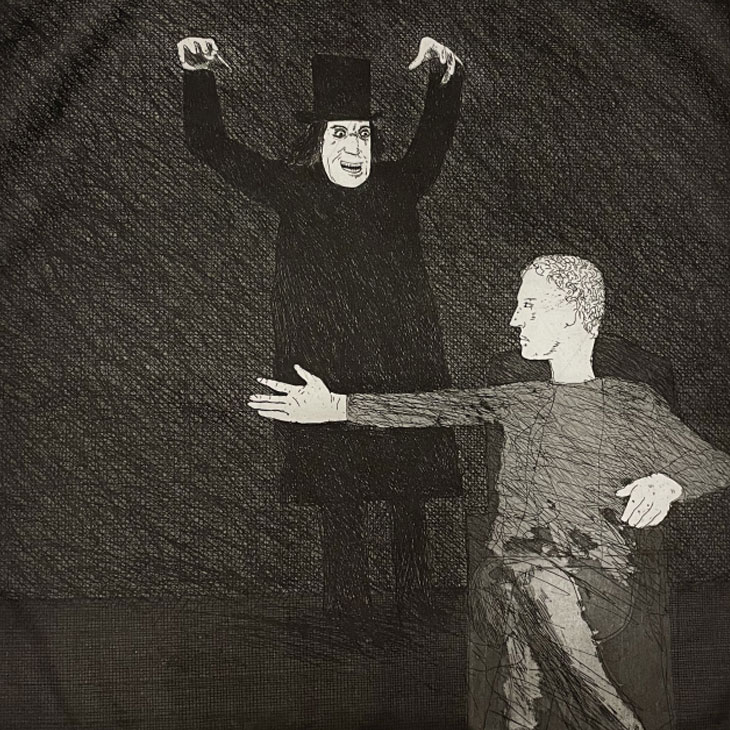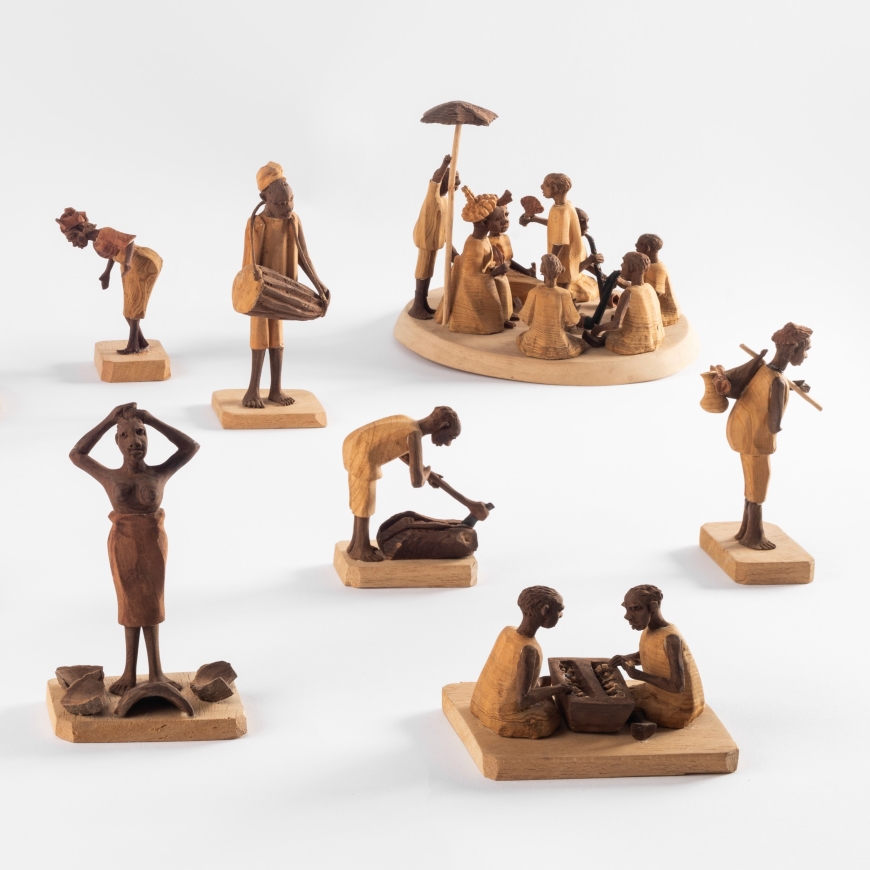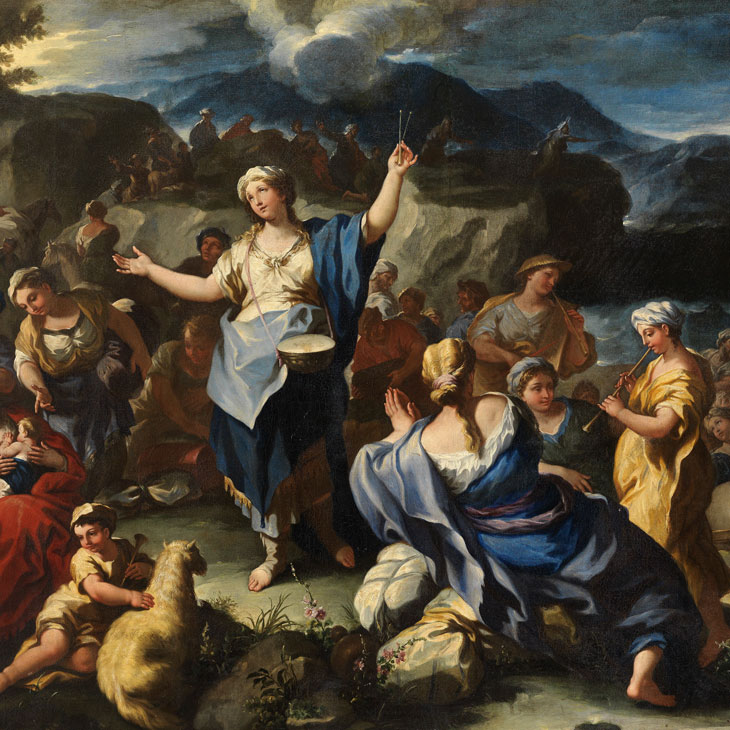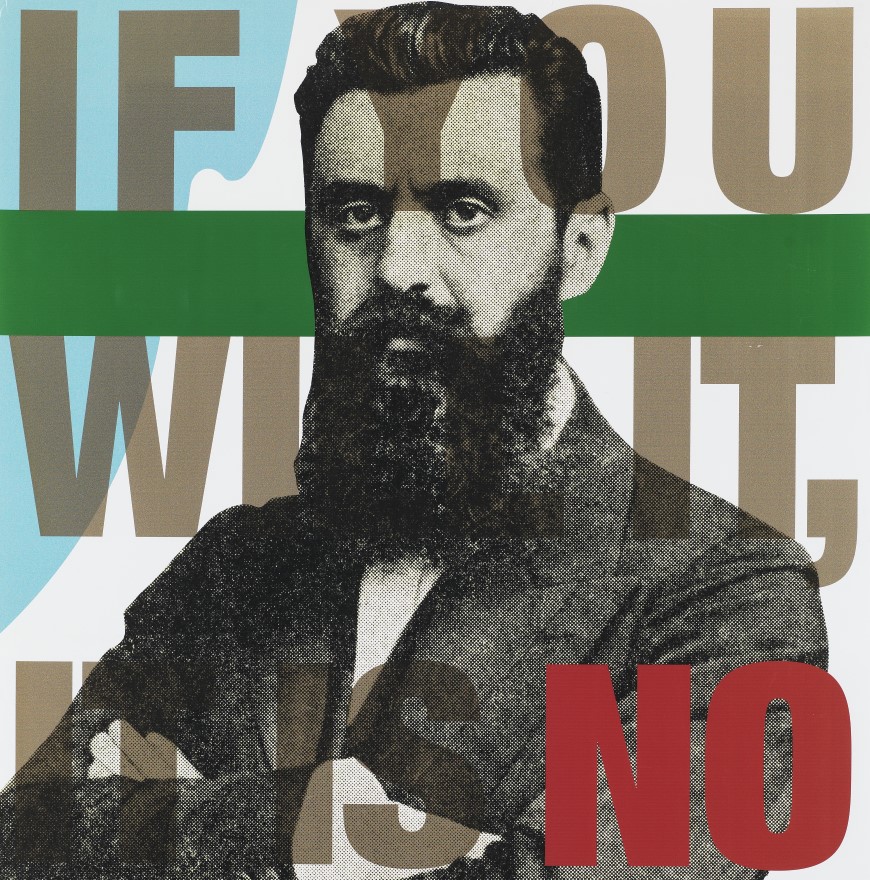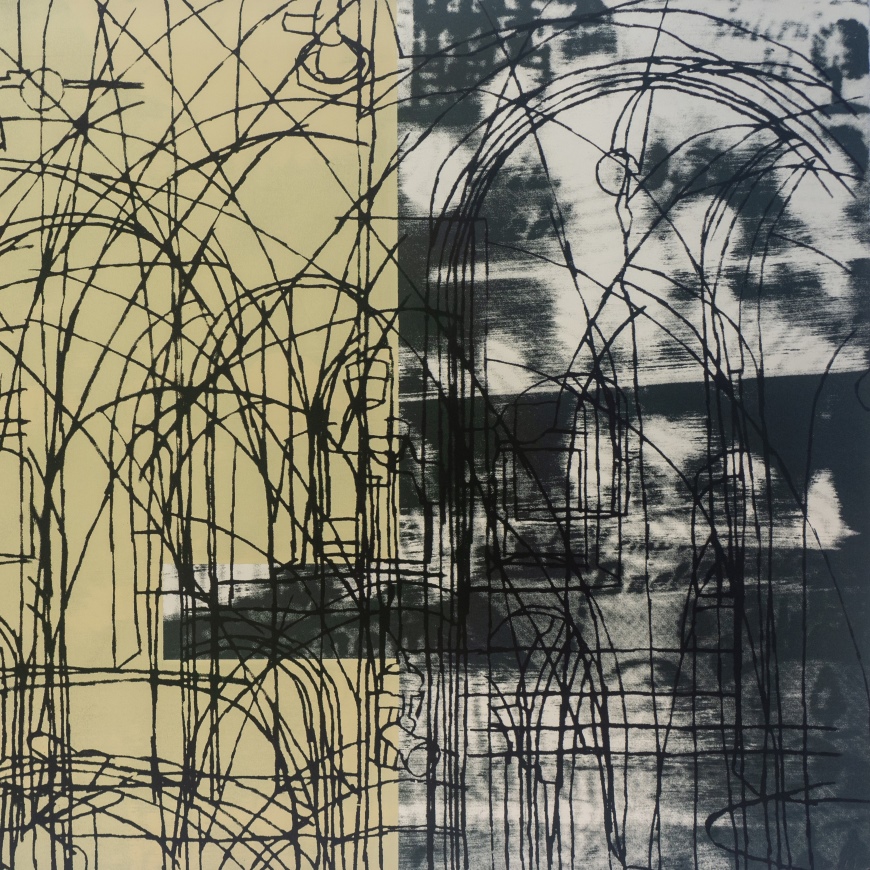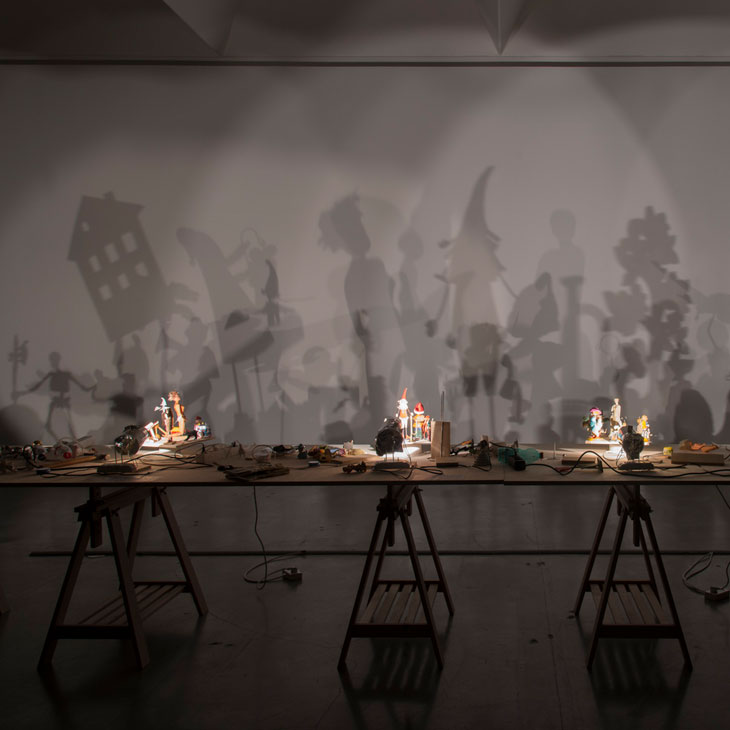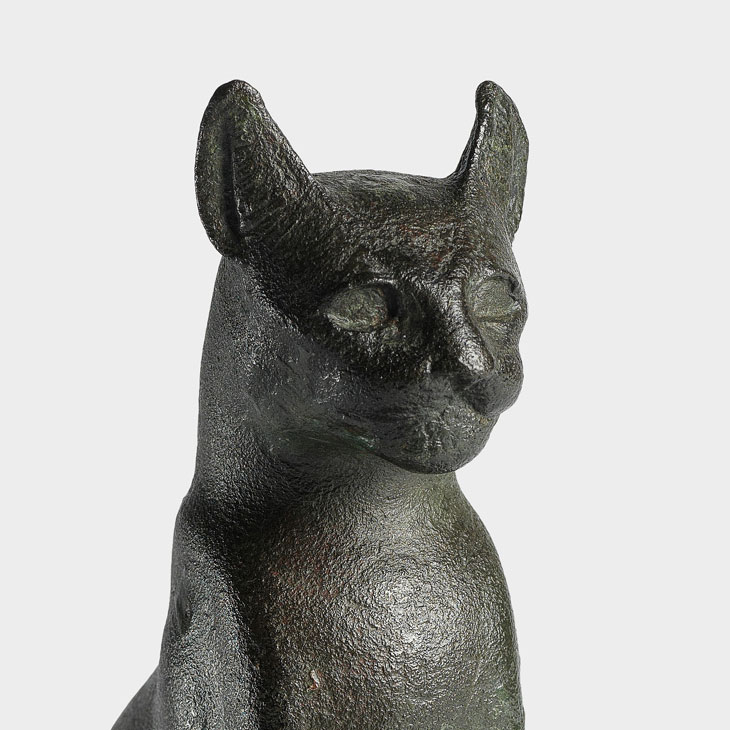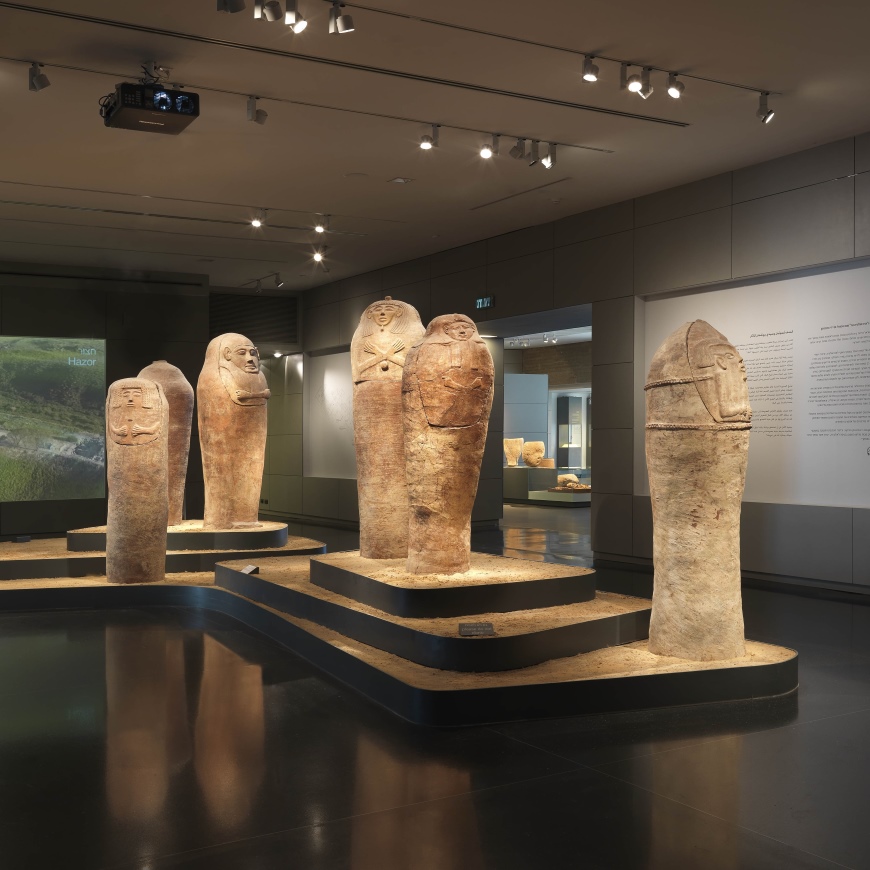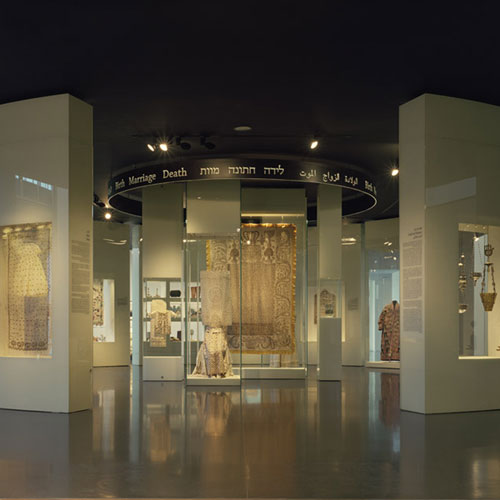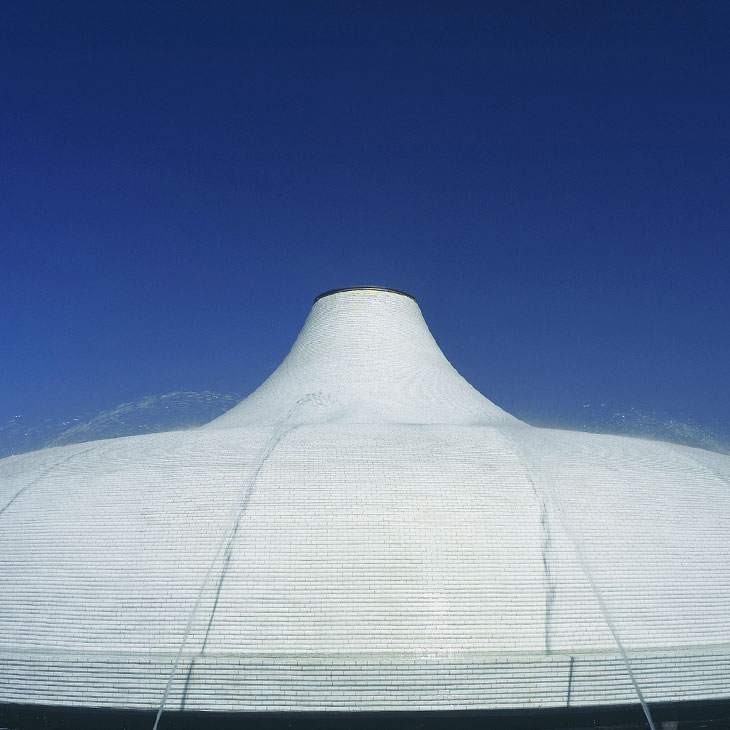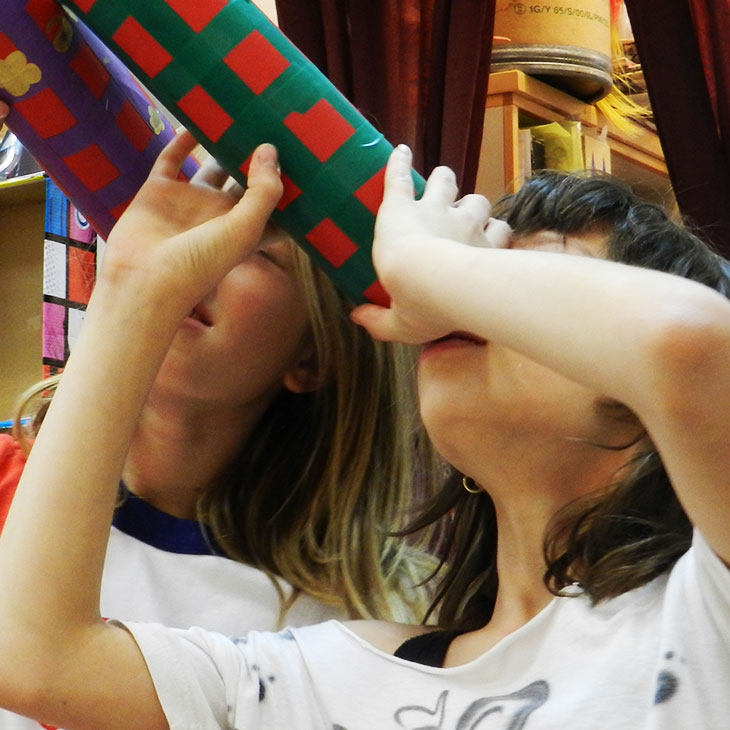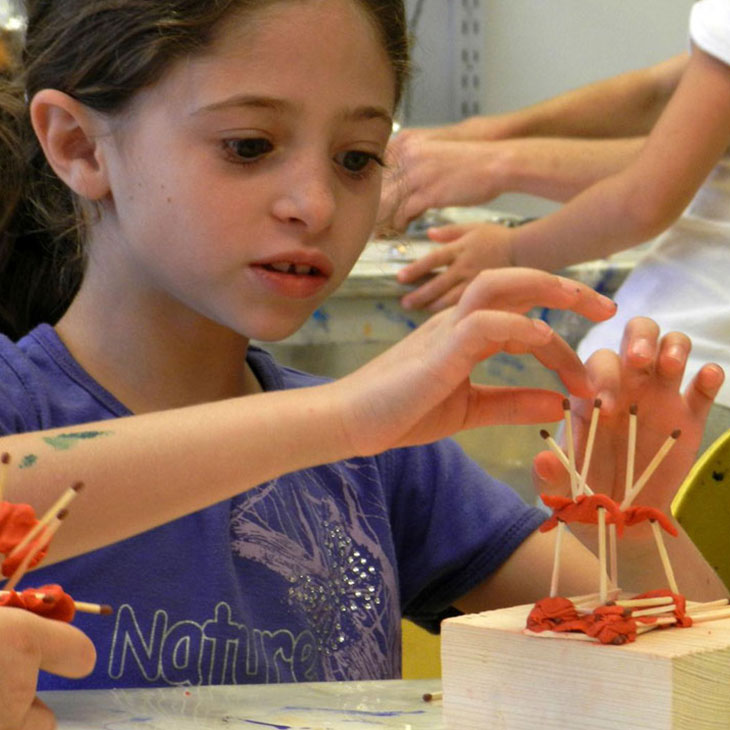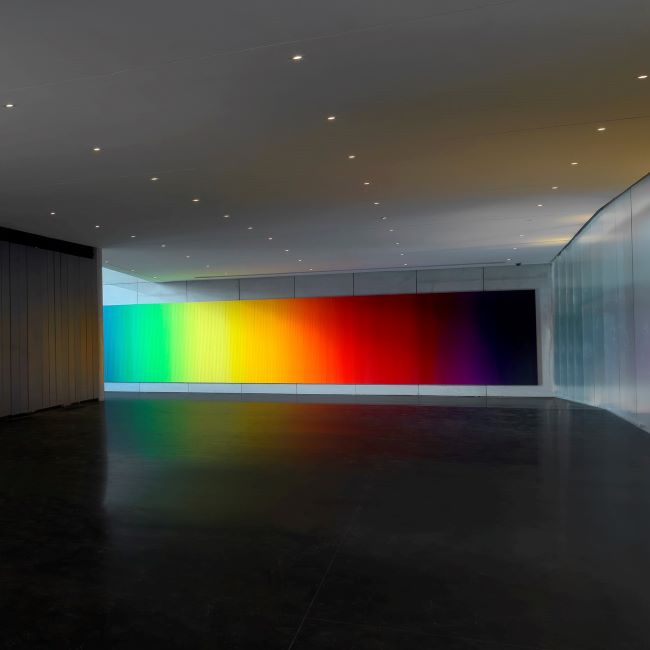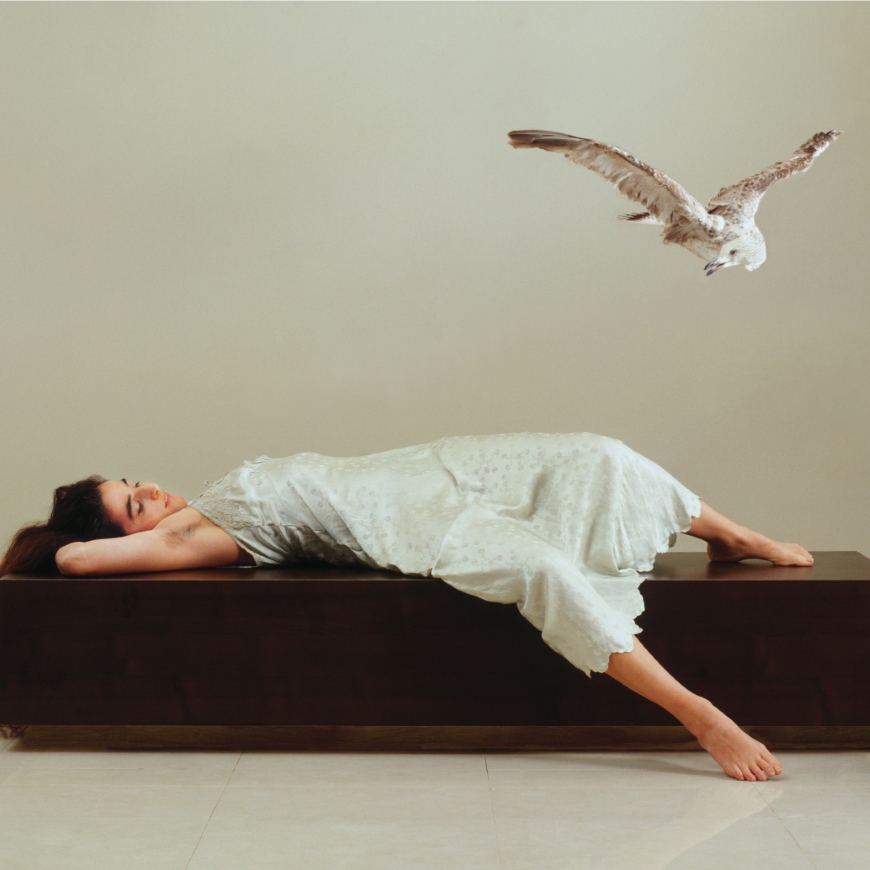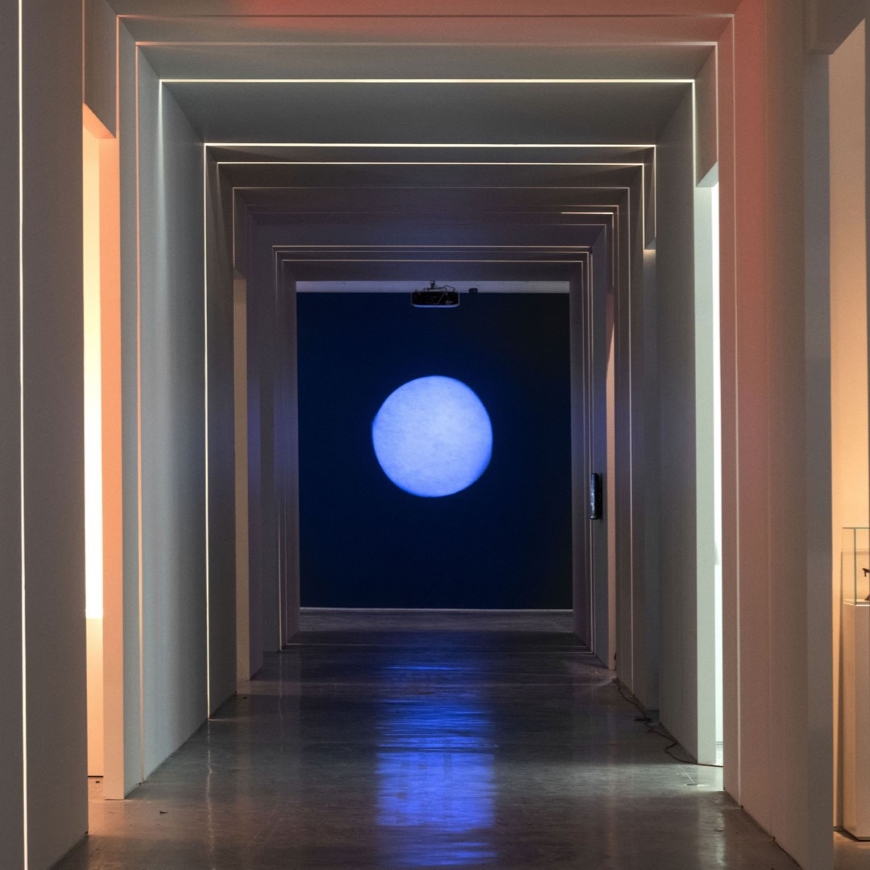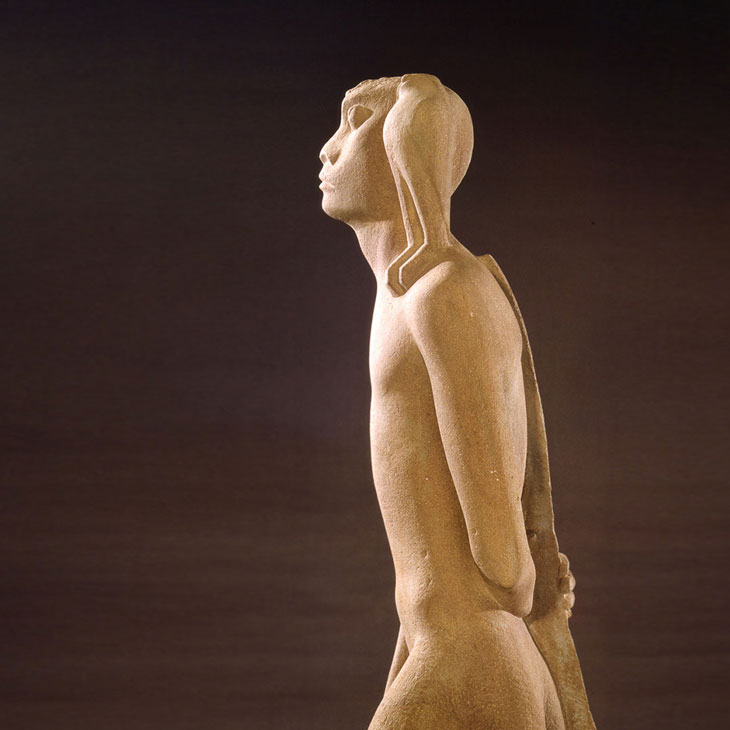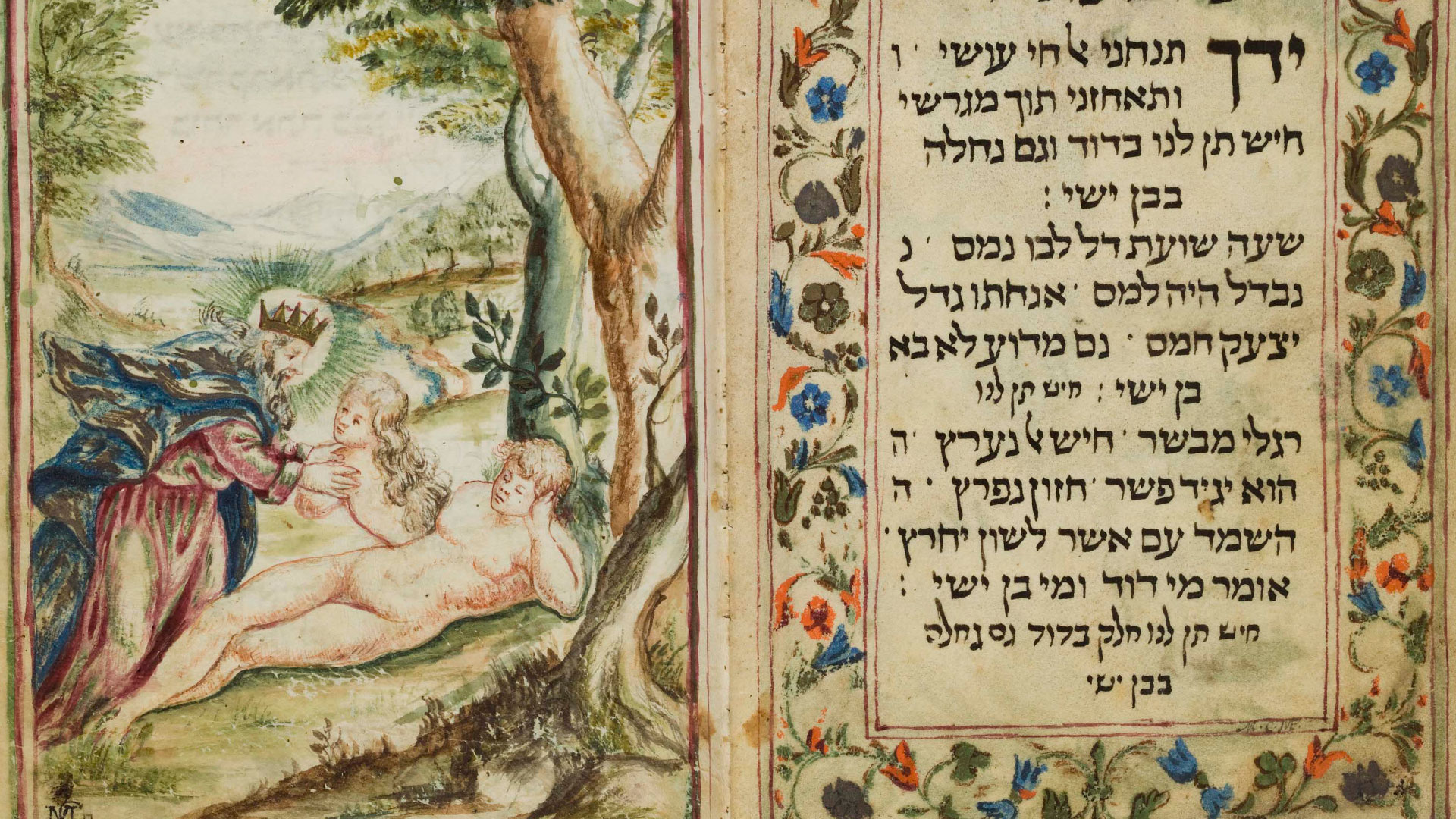
A Journey through Jewish Worlds
Highlights from the Braginsky Collection of Hebrew Manuscripts and Printed Books
-
December 1 2010 - April 30 2011
Curator(s): Rachel Sarfati, Curator in the Department of Judaica
Haggadot, Judaica
-
Moritz Daniel Oppenheim
The exhibition marks the first opportunity for Israeli audiences to experience examples from the notable library of Swiss collector Ren? Braginsky, which includes objects ranging from a 6th-7th century Shema Yisrael (Hear O Israel) amulet to a rare early 20th century Samaritan Ketubbah (marriage contract) from Schechem. The collection comes to Israel following an international tour, which included Amsterdam and New York. Its presentation at the Israel Museum will be complemented by related objects from the Museum's own Jewish Art and Life holdings, providing insight into a vibrant and artistic Jewish culture around the world. A Journey through Jewish Worlds features 120 works spanning more than 2,000 years from Germany, Holland, Italy, Spain, and the Land of Israel. The exhibition will also broaden the audience's knowledge of important Jewish artists, scribes, and illuminators, many of whom are unknown in the public sphere. Highlights on view include: A Shema Yisrael traveler's amulet, dating from the 6th - 7th century CE, inscribed with an early and unusual combination of biblical verses. It is presented alongside two singularly important items from the Israel Museum collection: a passage from the book of Isaiah from the Dead Sea Scrolls, which dates to the first century BCE and is among the oldest known Biblical texts; and a page from the Aleppo Codex, the earliest known Biblical Hebrew manuscript, from the Middle Ages. The amulet offers important rare testimony to the existence of Hebrew Biblical text during the "silent" period between the time of the Dead Sea Scrolls and the oldest surviving Medieval manuscripts. Several late 19th-century works connected to the Rothschild Family, including an especially fine Haggadah illustrated by Charlotte von Rothschild in Vienna in 1842, under the guidance of the German-Jewish artist Moritz Daniel Oppenheim, and intended as a gift to her uncle, Amschel Mayer Rothschild. One of the most unusual manuscripts of the late 19th century-the Bouton Haggadah, copied and decorated by the artist Victor Bouton in France. Every page is illuminated with geometric designs in blue and gold, closely emulating works from a school of 16th-century Persian manuscript illumination. An extremely rare ketubbah from Gibraltar (1830-1840) that depicts a symbolic marriage between the People of Israel and God, created for Shavuot (The Festival of Weeks). A 16th-century Italian Esther Scroll, unusual because it was illuminated by a female scribe.
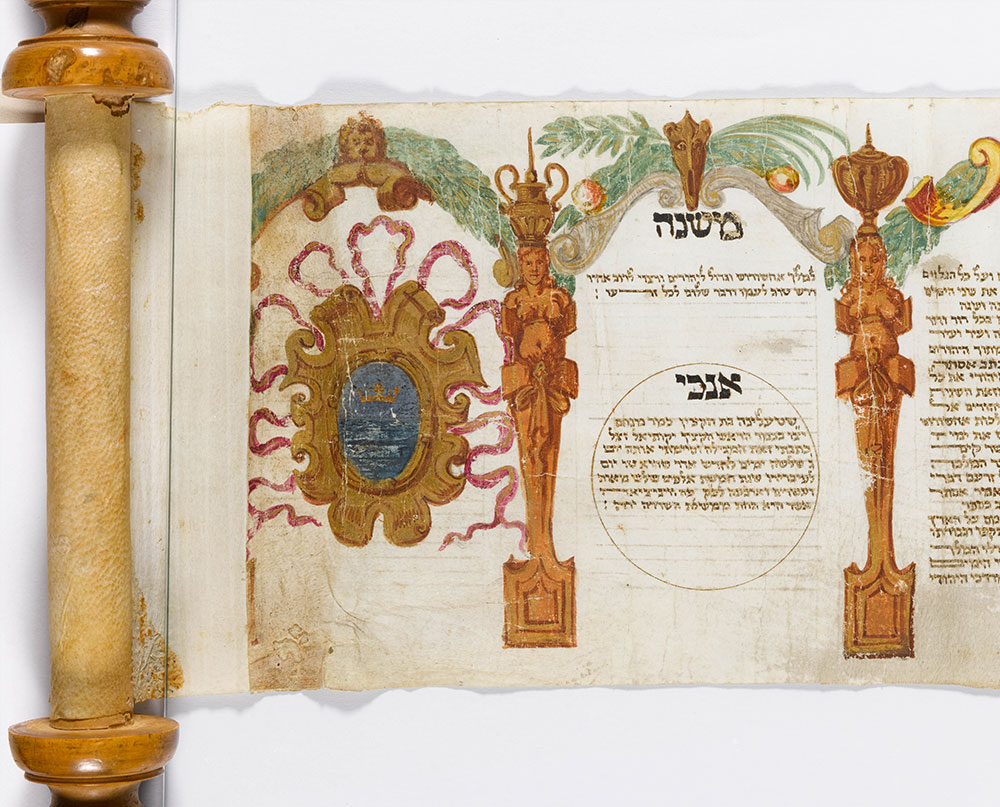
- Apr 21Apr 24Apr 28May 05May 08May 12May 15May 19May 22May 26May 29
- Apr 21Apr 28May 05May 12May 19May 26
- Apr 21Apr 24Apr 28May 05May 08May 12May 15May 19May 22May 26May 29
- May 05May 12May 19May 26
- May 06May 13May 20May 27
- Apr 22May 06
- May 06May 13May 20May 27
- May 06May 27
- May 06
- May 06
- May 06Jun 10
- May 08May 15May 15May 22May 29
- May 08May 15May 22May 29
- May 08May 15May 22May 29
- May 08
- Apr 24May 08May 15May 22May 29
- Apr 26May 02May 03May 09May 10May 16May 17May 23May 24May 30May 31
- May 03May 10May 17May 24May 31


